








AMERICAN SURPRISE
THE 637, SECRET PROJECT FOR INDY





AMERICAN SURPRISE

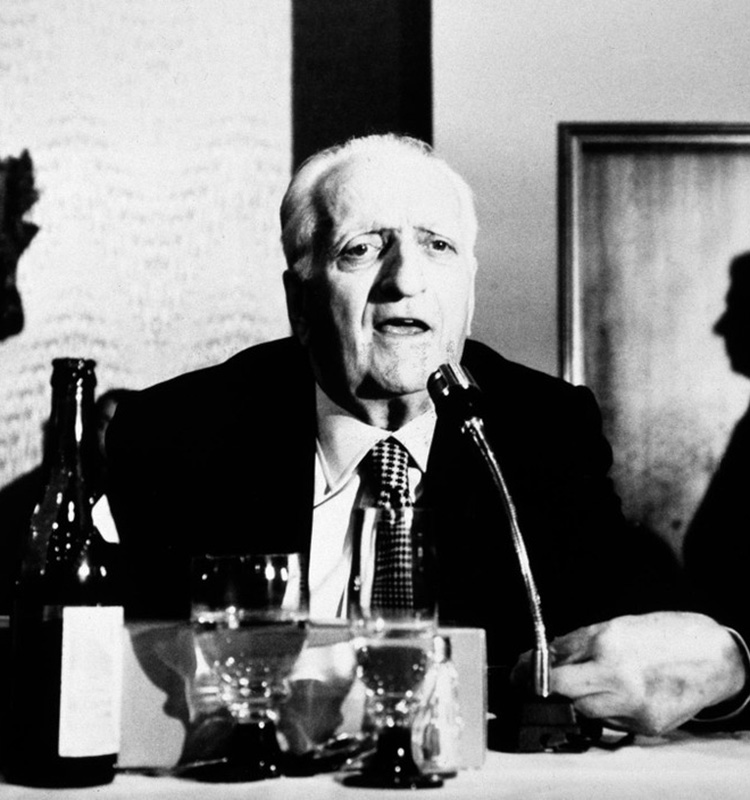

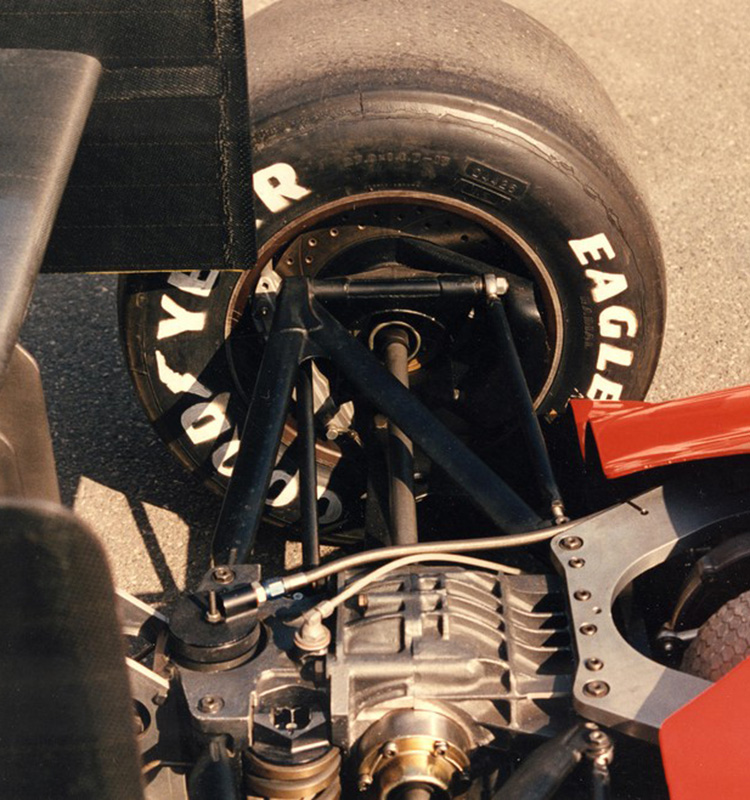
1986 Masterpieces
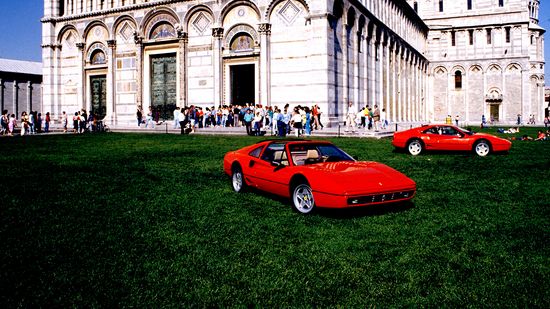
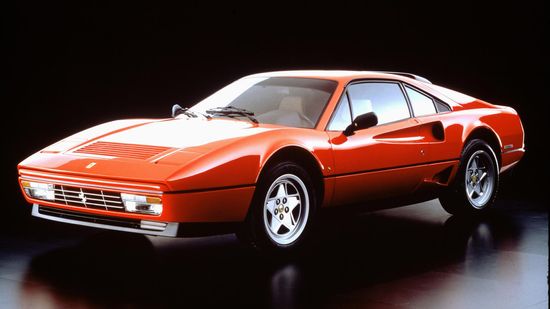
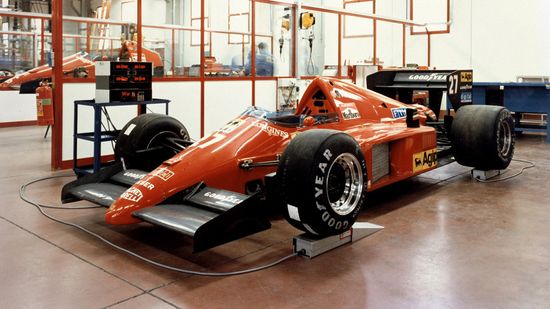
Discover other stories
- 1985328, LAST ACT: Ferrari History
- 1987ENZO’S DREAM: Ferrari History
AMERICAN SURPRISE
Some cars have fuelled speculation and legend more than others. The Ferrari 637, named after its design number, is one such vehicle. Built in absolute secrecy in Maranello, the single-seater was designed not for Formula 1 but to send out a very clear message to the FIA which, at the time, was introducing radical rule changes, particularly with regard to engines. Essentially, the FIA had decided to focus on 8-cylinder engines and Enzo Ferrari was opposed to this move. The message he sent out was unequivocal: he was prepared to quit Formula 1 for the American CART championship.

In fact, he issued the following statement: “The news regarding our abandoning F1 in favour of the US does have a basis in fact. For quite some time now, Ferrari has been researching a programme that would allow it to participate in the CART championship and the Indy500. IfF1 does not guarantee technical and sporting rules covering the next three years, the Scuderia Ferrari will implement this programme in agreement with its partners”.

Regardless of whether or not it was designed to put pressure on the FIA, the project was tackled with absolute seriousness in Maranello. The Scuderia’s sporting director Marco Piccinini travelled to the US to watch several races and had talks with the organisers of the series. In Maranello, a work group headed by young Austrian engineer Gustav Brunner was set up specifically for it. From the outset, however, it was clear that the project would only be successful if Ferrari collaborated with teams that regularly competed in the CART championship. Leo Mehl, a motor racing executive at Goodyear, which manufactured Ferrari’s F1 tyres and was also the sole supplier for the US series, recommended the Truesport team. It had turned its 1985 CART season around in the final six races which Bobby Rahal won in the March 85C. The latter was a successful driver in the US but had also competed in two F1 Grands Prix at the end of the 1970s for Wolf. This was also the single-seater that was used as the starting point for the development of the new Ferrari. After a secret test carried out by Michele Alboreto at Fiorano, Brunner’s team which included, amongst others, Harvey Postlethwaite andAntonio Bellentani, threw itself into developing the car and, in doing so, came up with original and entirely innovative takes on certain technical concepts then in vogue in the US championships. Brunner studied, researched, experimented and spent endless hours in the wind tunnel, honing the forms and aerodynamics of the single-seater. He also made many trips to the US and watched both CART races and tests, not least the Indy500. The results of the research conducted back in Maranello were promising too and the project ploughed ahead at full steam. A year later, in September 1986, the 637 was ready for the track and Alboreto was, once again, selected to do the testing. The single-seater instantly proved competitive and, above all, was radically different from the other cars in the series. Its nosecone in particular featured lines and solutions that would not be seen elsewhere for many years to come. A member of the international press was also invited to the tests as Ferrari wanted to be sure his message to the FIA arrived loud and clear.
The ploy worked and negotiations were soon underway with the Federation, marking a political victory for Ferrari who confirmed that the Scuderia was committed to continuing in Formula 1. An announcement that, however, also brought the very real Ferrari 637 project to a premature end.
